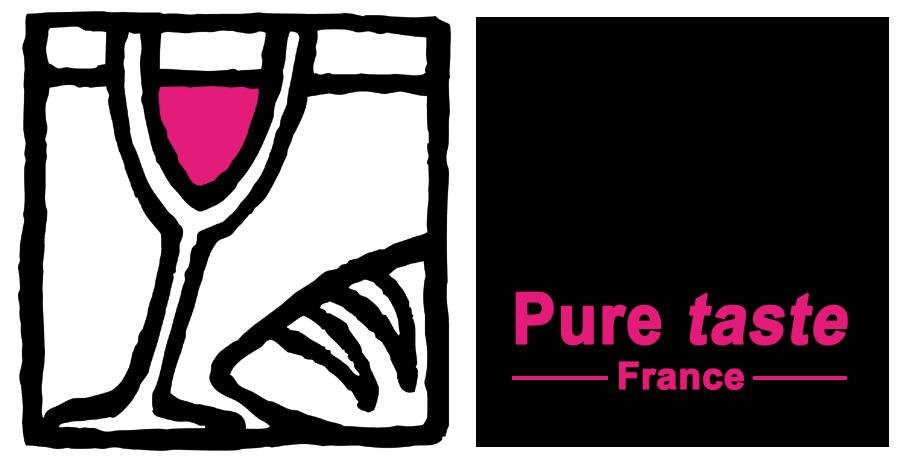Meerlust, Red 2019
17.95 €
- Meerlust Red has an intense nose of blackcurrants, spice and floral notes.
- Aged for twelve months in 55% new oak (Nevers) and 45% in one year old barrels.
- Full wine with intense notes of bruised dark fruit (cassis, plums), vanilla and dark chocolate.
- Meerlust, Red
Available on back-order
Meerlust grapes are sourced from selected vineyards in Stellenbosch, South Africa. The soil consists of granite and clay.
Purchased in 1756, Meerlust may rank among Stellenbosch’s absolute cult names. With a rich history and a wide range of international awards, this winery is one of the top wineries in Stellenbosch and South Africa. Meerlust’s flagship wine, which freely translates as ‘the pleasure of the sea’, is Rubicon, a Bordeaux blend that can easily develop for years in the bottle and rival the top Bordeaux wines.
The grape varieties are vinified separately and undergo malolactic fermentation in new and used oak barrels.
Meerlust Estate was founded in 1693, when Governor Simon van der Stel gave the estate to Henning Husing, who christened it ‘Meerlust’ in German, because of the pleasant cool sea breeze blowing into the country from Valsbaai. Meanwhile, in the person of Hannes Myburgh, the eighth generation of the Myburgh family, which acquired the estate in 1756, heads the winery.
Purchased in 1756, Meerlust may rank among Stellenbosch’s absolute cult names. With a rich history and a wide range of international awards, this winery is one of the top wineries in Stellenbosch and South Africa. Meerlust’s flagship wine, which freely translates as ‘the pleasure of the sea’, is Rubicon, a Bordeaux blend that can easily develop for years in the bottle and rival the top Bordeaux wines.
Anyone who has ever visited Stellenbosch will remember the white Cape Dutch cottages, built in the 18th century. Meerlust is a great example of this. It was German Henning Huizing who bought the manor as a residence in 1693 and renamed it ‘Meerlust’. The name refers to the house’s location, just 5 km from False Bay. In 1756, the house was bought by the Myburgh family, who started making wine there.
The Myburgh family finds that the volcanic ‘primeval granite’ in the area is extremely suitable for viticulture, which is soon reflected in the distinctive results of the Meerlust wines. The vineyards are planted in a similar way to the Médoc, with the Cabernet varieties on soils with more gravel and drainage, and the Merlot growing on clayey granite compositions. Due to the influences of the black laterite subsoil, the vineyards are also known as the ‘Coffee Lip’.
The coolest vineyards are on the slopes of the First River. These are used for Chardonnay and Pinot Noir.
The flagship Rubicon gets its name from Julius Caesar crossing the Rubicon River in the year 49 BC. It was laid down in Roman law that a general with a standing army was not allowed to cross the Rubicon. The little river in the Emilia-Romagna region was seen as the agreed border between the two states of Lazio and Rome. It was the ‘point of no return’. With the making of the Bordeaux-blend Rubicon in 1980, the Myburgh family wanted to assert themselves definitively in the international wine world. It was their ‘point of no return’ for quality wines in South Africa.
| Weight | 1.3 kg |
|---|---|
| Volume | 0,75 cl |
| Closure | Cork |
| Colour | Red |
| Grape variety | Cabernet Franc, Cabernet Sauvignon, Merlot, Petit Verdot |
| Country of origin | South Africa |
| Region | Stellenbosch |
| Appelation | Stellenbosch |


